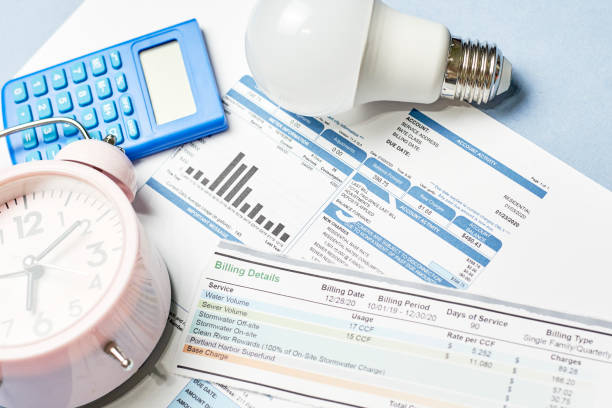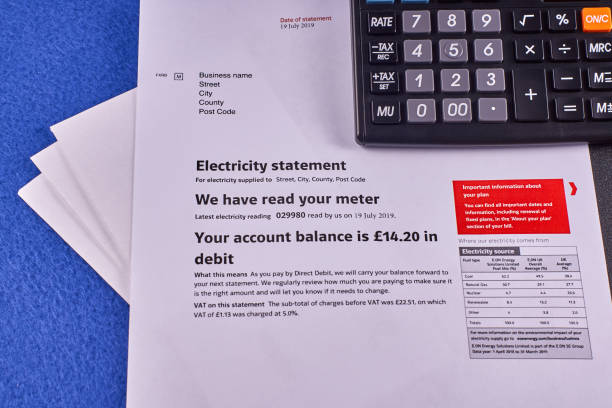For many UK businesses, electricity bills feel like a foreign language—full of technical terms, fluctuating rates, and unexpected charges. Whether you’re an SME or a large corporate, understanding your electricity bill is key to controlling energy costs and avoiding overcharges.
In this guide, Scalex Technology breaks down the components of a typical UK business electricity bill, helping you spot what matters—and where you can save.
Why Understanding Your Bill Matters
✅ Avoid paying for unnecessary charges
✅ Identify billing errors or overuse
✅ Compare deals more accurately when switching
✅ Forecast and control your energy budget
✅ Stay compliant with sustainability or audit requirements
What’s on a Business Electricity Bill?
Let’s decode the key elements:
1. MPAN Number (Meter Point Administration Number)
This is your meter’s unique identifier. It helps suppliers and brokers know exactly where electricity is being supplied.
🧠 Tip: Useful when switching or disputing bills.
2. Standing Charge
A fixed daily fee that covers the cost of keeping your business connected to the grid.
💷 Example: £0.25–£0.60 per day.

3. Unit Rate (kWh)
The price you pay for each kilowatt-hour (kWh) of electricity you use.
This can be:
- Fixed (same rate throughout contract)
- Variable (fluctuates with the market)
⚡ Typical SME rates in 2024: 25p–40p per kWh.
4. Consumption Data
Shows how many units (kWh) you’ve used during the billing period.
🧮 Formula:Unit Rate x kWh Used = Energy Cost
5. Climate Change Levy (CCL)
A government tax on business electricity to encourage energy efficiency.
- Currently 0.775p per kWh (as of 2024).
- Exemptions available for charities and green energy contracts.
6. VAT
Most businesses pay 20% VAT on electricity.
Microbusinesses and charities may qualify for the reduced 5% rate.
7. Contract Details
This section confirms:
- Contract type (fixed or variable)
- Start and end date
- Supplier name
- Payment terms (e.g., direct debit)
8. Other Charges
Could include:
- Metering costs
- Data collection fees (DA/DC)
- Balancing or transmission charges
- Late payment penalties
💡 Scalex Insight: Always compare bills month-to-month to spot any new or unusual fees.
Hidden Costs to Watch Out For
| Charge | What It Means | Action |
|---|---|---|
| Out-of-contract rates | You’ve not renewed | Contact a broker ASAP |
| Estimated reads | Supplier guessed your usage | Submit actual readings regularly |
| Rollover contracts | Auto-renewed at higher prices | Use a renewal tracker |

How to Reduce Your Electricity Costs
🔹 Get a free contract review from Scalex
🔹 Use smart meters to track and control usage
🔹 Switch to a more competitive supplier
🔹 Apply for reduced VAT/CCL if eligible
🔹 Book an energy audit to find usage inefficiencies
How Scalex Technology Can Help
At Scalex, we help UK businesses:
- Understand their bills
- Switch to better electricity contracts
- Manage usage across multiple sites
- Stay compliant and sustainable
📩 Speak to one of our corporate energy brokers for a free bill analysis.
Final Thoughts
Don’t let your electricity bill remain a mystery. By understanding each line item, you’ll gain greater control over your business’s bottom line—and your energy future.
🔍 Need help with your energy bill?
📞 Contact Scalex Technology today for a free, no-obligation bill review.
